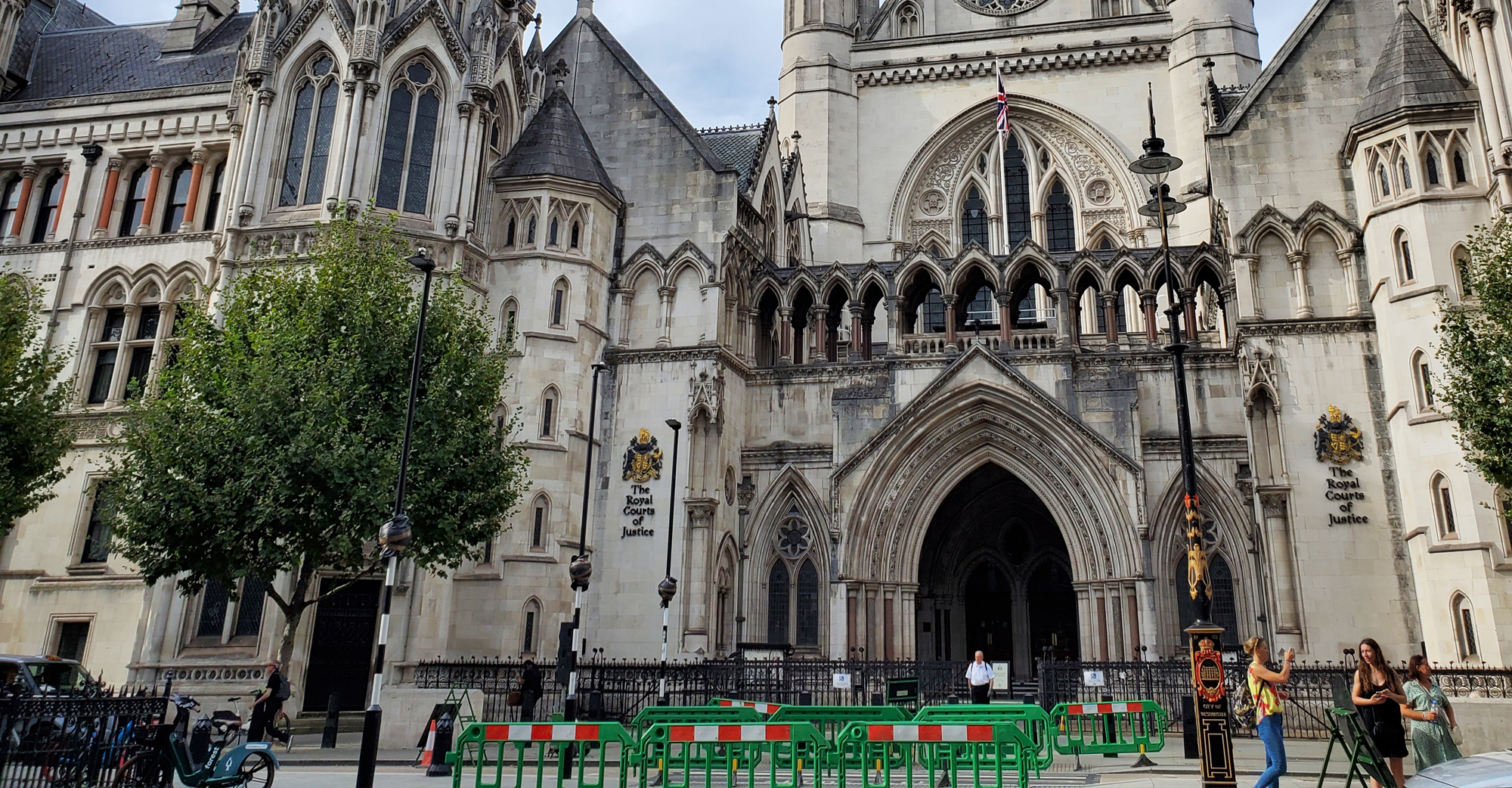Talking Turkey

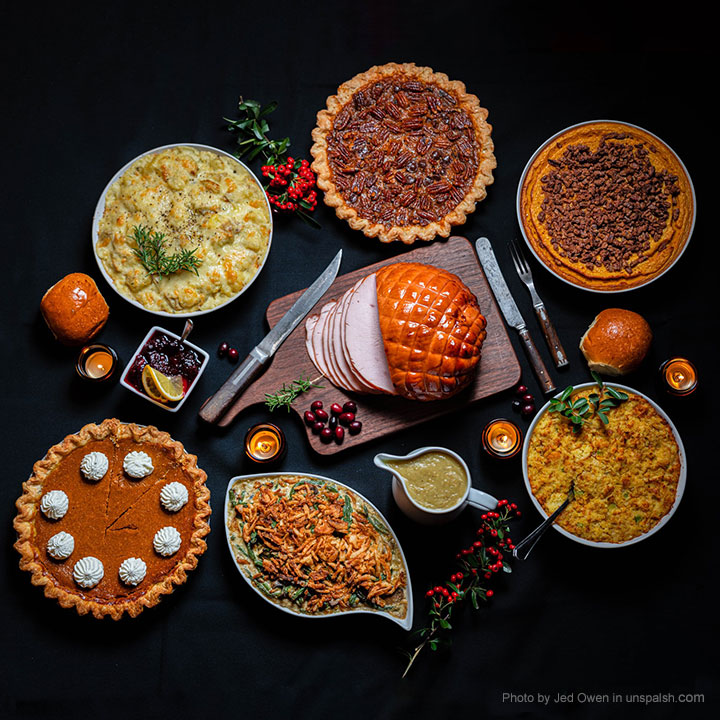
No one will see your answers except for you. - EB

You scored %%SCORE%% out of %%TOTAL%%.
Your performance has been rated as %%RATING%%
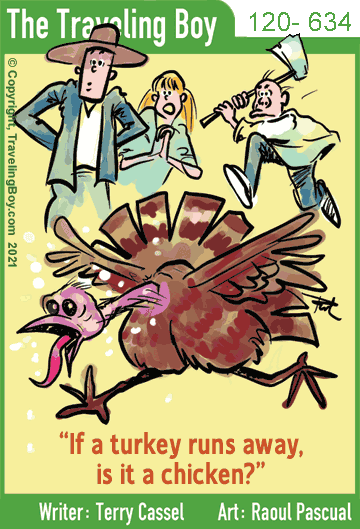
We hope you had fun!
Question 1 |
A | True |
B | False |
Answer: a. True

The wild turkey (Meleagris gallopavo) is a type of ground bird native to the north and eastern American region and Mexico. They form one of two species of turkeys that are still in existence.
Question 2 |
A | Dutch |
B | English |
C | French |
D | Portuguese |
E | Spanish |
Answer: E. Spanish
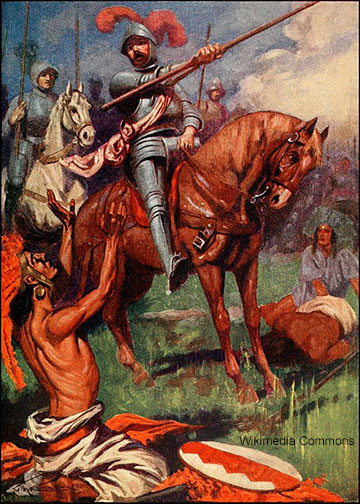
Cortés the Killer and the Spanish Conquistadors arrival at Tenochtitlán in present-day Mexico (1619). Over 240,000 Aztecs were killed in the campaign, and more than three million died from European diseases in which they had no immunity.
Question 3 |
A | True |
B | False |
Answer: True
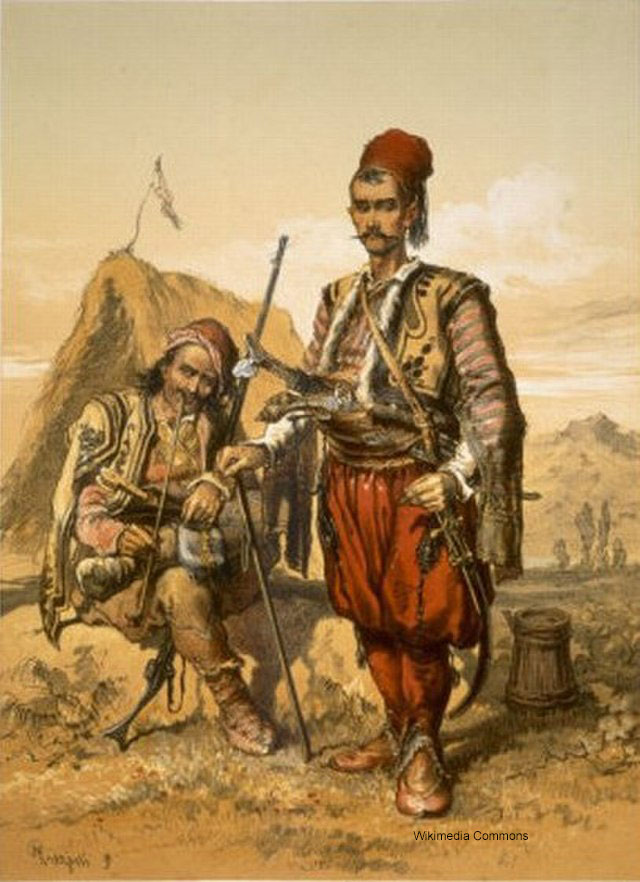
By 1541, the Turkey Bird had arrived in England during the peak of the Turkish Ottoman Empire. The English gave the Turks credit for any number of new imports: maize was Turkish wheat, and pumpkins were Turkish cucumbers—though both were actually New World plants. To paraphrase Cindy Ott in her 2012 book,Pumpkin: The Curious History of an American Icon:“If it was exotic, chances are it got a Turkish appellation.” As time passed, ‘turkey-cocks’ simply became known as turkey.
Question 4 |
A | True |
B | False |
Answer: B. False
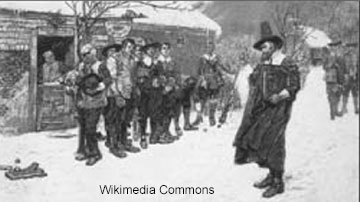
The first Thanksgiving did not create a yearly tradition among the Pilgrims and Wampanoag Tribal Nation. Partly because the following year was a poor one and because many new Pilgrims settlers had arrived. Plus, there was friction, including violence, with the Wampanoag Tribal Nation as the new settlement continued to spread out. The Tribal Nation was already weak, two out of three had already perished, due to the spread of European diseases brought by the Spanish a century earlier. And, because of the arrival of more disease-carrying Pilgrim settlers, the death toll continued. Modern scholars have argued that the complete Wampanoag Tribal Nation may have been killed off by those very diseases. Thanksgiving became a celebration that was only observed occasionally over the following centuries. However, thanks to the Revolutionary War most of the former colonial U.S. celebrated Thanksgiving together in 1777.
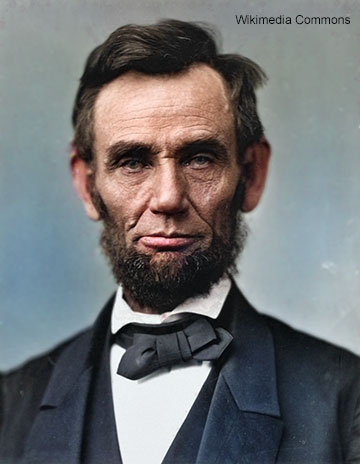
It wasn’t until 1863 when Abraham Lincoln declared the last Thursday in November as an U.S. Thanksgiving holiday that the tradition really became part of U.S. culture. Lincoln was convinced that a nationally celebrated Thanksgiving holiday would unite the country in the aftermath of the Civil War. The only other change was when Franklin Roosevelt changed the date to the fourth Thursday in 1939.
Question 5 |
A | Corn |
B | Fish and shellfish |
C | Potatoes |
D | Venison |
E | Wildfowl |
Answer: C. Potatoes

The potato was first domesticated in southern Peru and northwestern Bolivia by pre-Columbian farmers, around Lake Titicaca. Public Domain.
There are only two surviving documents that reference the original Thanksgiving harvest meal. They both describe a feast of freshly killed deer; assorted wildfowl, fish and shellfish, and a native variety of corn harvested by the Wampanoags, which was eaten as a corn porridge.
There were no mashed potatoes, since white potatoes had not yet crossed over from the Peruvian Andes in South America. There was no gravy either, since the colonists didn’t yet have mills to produce flour. There was no sweet potato casserole, since tuberous roots had not yet been introduced from the Caribbean. Only 5% of the food items that were served at the First Thanksgiving made its way to the North American table of today.
Turkey might not have been the centerpiece at the first Thanksgiving, but it's a possibility that the colonists and the Wampanoag did eat wild turkeys. As Governor William Bradford wrote at the time (via Smithsonian Magazine), And besides waterfowl there was great store of wild turkeys, of which they took many, besides venison, etc.
Fun Facts about Thanksgiving Today
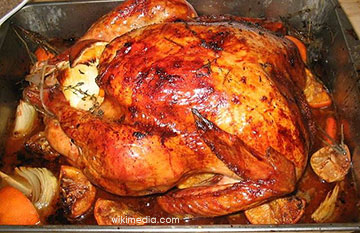
- In the US, about 280 million turkeys are sold for the Thanksgiving celebrations.
- Each year, the average American eats somewhere between 16 – 18 pounds of turkey.
- Californians are the largest consumers of turkey in the United States.
- Thanksgiving Day is celebrated on the fourth Thursday of November in the United States.
- Although Thanksgiving is widely considered an American holiday, it is also celebrated on the second Monday in October in Canada.
- Black Friday is the Friday after Thanksgiving in the United States, where it is the beginning of the traditional Christmas shopping season.
Fun Turkey Facts
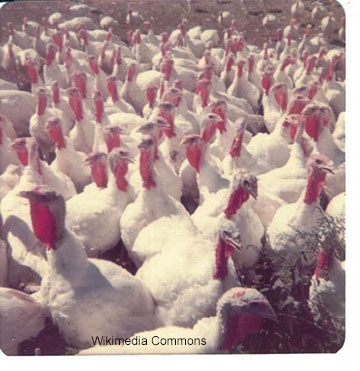
- The average weight of a turkey purchased at Thanksgiving is 15 pounds.
- The heaviest turkey ever raised was 86 pounds, about the size of a large dog.
- A 15-pound turkey usually has about 70 percent white meat and 30 percent dark meat.
- The five most popular ways to serve leftover turkey is as a sandwich, in the stew, chili or soup, casseroles, and as a burger.
- Turkey has more protein than chicken or beef.
- Turkeys will have 3,500 feathers at maturity.
- Male turkeys gobble. Hens do not. They make a clucking noise.
- Commercially raised turkeys cannot fly.
- Turkeys have heart attacks. The United States Air Force was doing test runs and breaking the sound barrier. Nearby turkeys dropped dead with heart attacks.
- Turkeys have poor night vision.
- It takes 75-80 pounds of feed to raise a 30-pound tom turkey.
Turkey Names
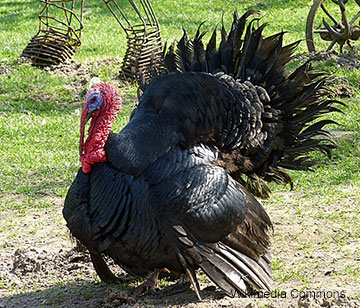
- A large group of turkeys is called a flock.
- A 16-week-old turkey is called a fryer.
-
A five to seven-month-old turkey is called a young roaster.
Additionally, all turkeys aren't all named alike. Like other animals, turkeys have different names based on their gender and age:
- Male turkeys = gobblers
- Female turkeys = hens
- Young male turkeys = jakes
- Young female turkeys = jennies
